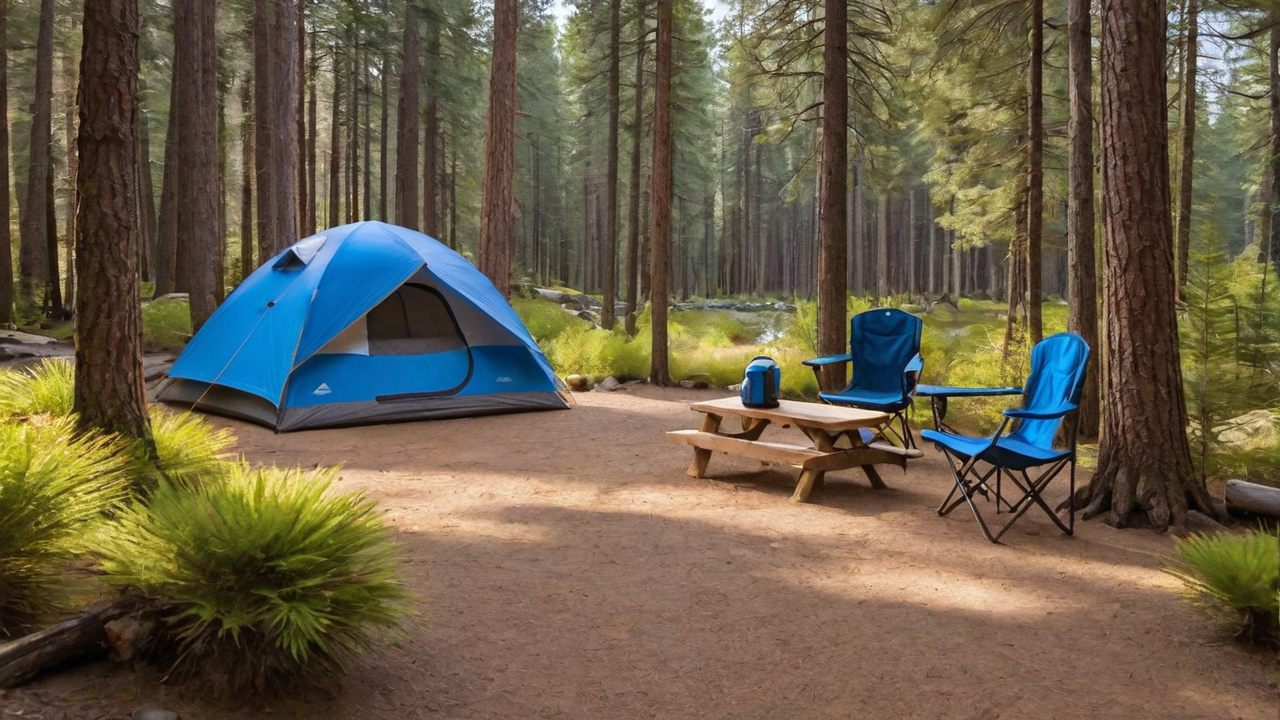Creating an Optimal User's Interface: Design Guidelines for Camping Software
Creating an Optimal User's Interface: Design Guidelines for Camping Software
Blog Article

Grasping The Audience
Understanding who your intended users is crucial in crafting an effective user's experience. It's important to take into account your requirements, preferences, and tech competence. Such knowledge guides every design choice, ensuring that the program is accessible and intuitive.
Knowing your users also implies recognizing the obstacles and how they intend to use your campground software. It enables the designers to tailor functions and functionalities that meet specific needs, therefore making the application not only useful but also essential.
Simplifying the Navigation System
Simplifying the navigation system is a key element of user interface designing. An straightforward menu system ensures visitors can easily locate what they're looking for, minimizing frustration and enhancing user satisfaction. It's about making the user journey through the software as smooth and effortless as possible.
Furthermore, effective navigation leads visitors through your software, showcasing functions and tools that they might otherwise overlook. Such an approach not only improves user experience but also encourages deeper interaction with the campground software full array of capabilities.
Integrating Premium Visuals
Graphics play a vital role in making a engaging UI. Visuals help in breaking up monotony and can demonstrate features more efficiently than words alone. Selecting the appropriate images, icons, and color schemes can improve the overall aesthetic of the application, thereby making it more appealing to your eye.
Moreover, a consistent visual style is for creating a strong brand identity and trust amongst your users. Each element must be in alignment with the brand’s principles and the message of your application, creating a seamless experience that is both professional and welcoming.
Improving the Responsiveness
In today’s online world, people expect campground programs to be fully responsive on all devices, from desktop computers to mobile phones. An adaptive design makes sure that no matter of the device size, the application provides an optimal experience. It not only improves accessibility but likewise caters directly to the audience's on-the-go lifestyle.
Additionally, improving the responsiveness could result in enhanced performance, reducing load times and avoiding user frustration. Users appreciate a quick and smooth interaction when using campground software, which makes speed a vital aspect in user satisfaction.
Optimizing the Search Functionality
Searching for info quickly is key in any application, particularly in campground software systems. Optimizing the search functionality enables visitors to effortlessly discover what they're looking for, which improves their satisfaction and productivity. By smart search capabilities, you reduce the frustration and improve general satisfaction.
Moreover, advanced search options like filters and tagging can assist in narrowing down search results, making it search process even efficient. Implementing these features shows an understanding of the user’s needs and an effort to enhancing the user’s interaction with your campground software as smooth and productive as possible.
Prioritizing Security
Security must be non-negotiable when coming to developing campground programs. Your users expect to be secure when providing their personal information. Ensuring robust security measures not only protects the data but also builds trust between the user and the brand.
Beyond basic protections like strong passwords and data encryption, it's important to consider implementing sophisticated options such as two-factor authentication or biometric security logins. Such measures provide additional layers of protection, further ensuring that customer information is held secure from unwanted access.
Utilizing User Feedback
Gathering feedback is essential for the continual development of the campground software. It allows developers to grasp what works, what doesn’t, and how the software can be bettered to meet user needs. This feedback creates a sense of community between the users and the team, which makes them feel like they are actively a part of your software’s evolution.
Taking this feedback wisely can lead in tangible improvements in user interface design and overall user experience. Making changes based on user input proves that your brand cares about its users and is committed to providing a high-quality product.
Keeping the Simplicity
In the realm of UI design, the principle of simplicity is golden. A overly complicated interface can confuse the users, resulting in an unpleasant user experience. Simplicity, on the hand, helps your software more intuitive and user-friendly. It promotes greater user engagement and satisfaction.
Furthermore, keeping the simplicity should also extend to the content and functionality. Avoiding unneeded features that don’t add real value can help ensure that the interface learn more remains clean and focused on meeting the core requirements of your users. By doing so, you can craft a more efficient UX that appeals with the target audience.
Report this page